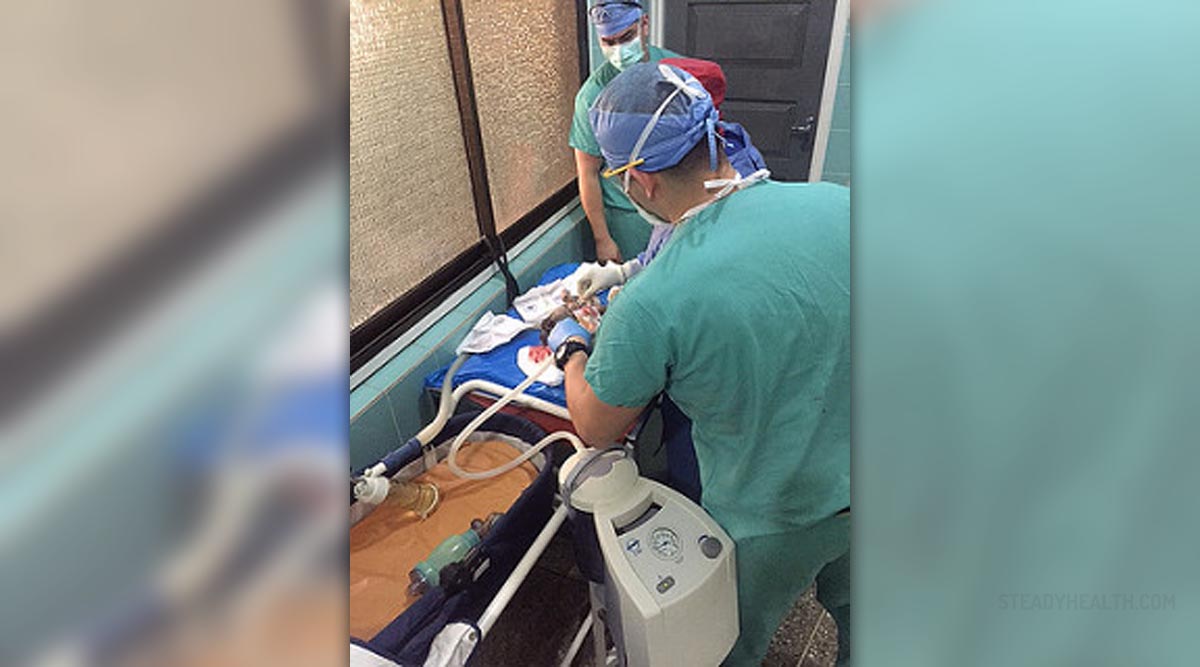
More importantly, which mode of delivery is safer for women who already have a c-section scar? Cesarean sections can be life savers for both mothers and babies.
There is no doubt that mortality rates have gone down because women have access to safe cesareans, something that is only confirmed when we take a look at the statistics in countries that don't have good quality medical care available. Some situations, like placenta previa or a baby who has positioned himself sideways in the uterus, absolutely require a c-section.
C-sections, however, also bring risks and someone having an elective cesarean certainly exposes herself and her baby to a larger risk than that associated with a normal, healthy vaginal delivery. While some medical professionals still present vaginal births after c-sections (VBACs) as a medical necessity, women in the process of deciding whether to have another c-section or a VBAC should consider the fact that a repeat c-section is, actually, a form of elective cesarean in most situations.
Discussing the risks and benefits of repeat cesarean sections with several obstetricians will give you a clearer picture. You may also be quite enlightened if you compare the VBAC policies of hospitals in other developed countries to that in most US hospitals. Many women are suitable candidates for a VBAC. If your pregnancy is healthy and progressing normally, you have no other complicating factors, and your previous c-section was one with a horizontal (bikini-line) incision, you will usually be a perfect candidate for a VBAC. VBAC does increase the risk of uterine rupture slightly.
During uterine rupture, your uterus will break open during labor along your c-section scar or in another location, something that is very dangerous. On the other hand, c-sections also increase the risk of maternal mortality, prematurely born babies, and babies with respiratory problems. No option is risk free, and as one midwife puts it, it is up to the pregnant woman to decide which risks she is more comfortable with.




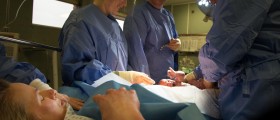
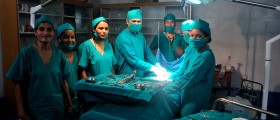
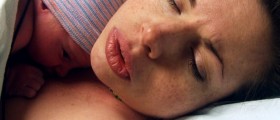

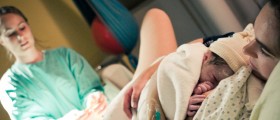
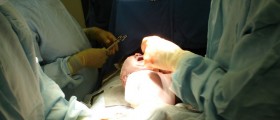

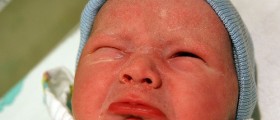
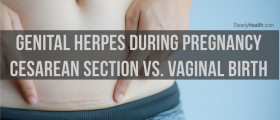


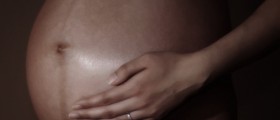
Your thoughts on this
Loading...